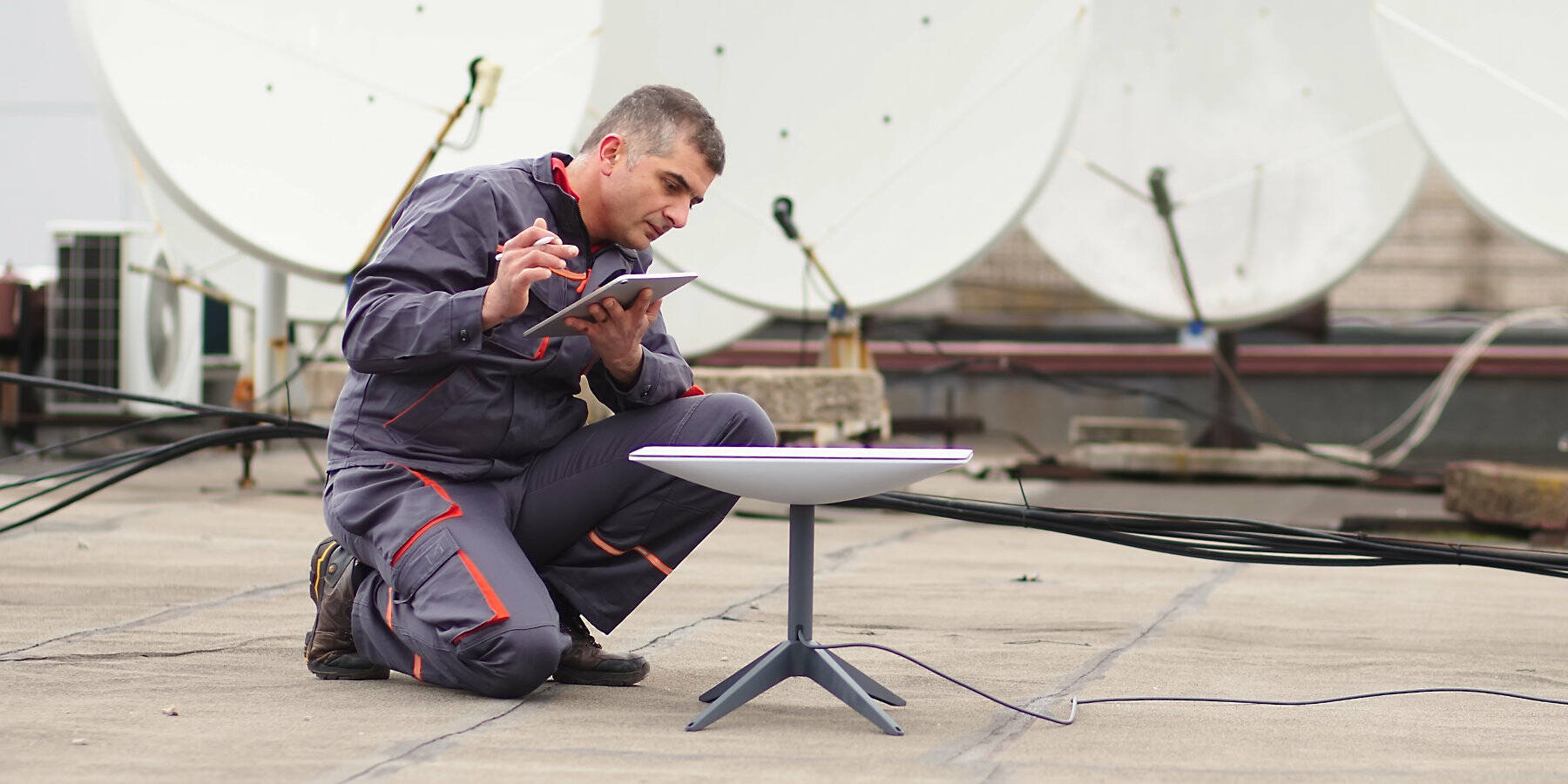Adios, Dead Zones: Starlink Relays SMS In Space For Unmodified Phones On Earth

SpaceX's Starlink has confirmed a successful test of its Direct to Cell (DTC) technology with a two-way text conversation held earlier this week.
The Starlink team said [PDF] it was able to send and receive text messages using unmodified cellphones via orbiting satellites it launched last weekend equipped with DTC capabilities. The phones and satellites communicated with each other using 4G/LTE radio frequency bands belonging to T-Mobile US – with the carrier's permission, natch.
"This validates that our link budget closes, and the system works," the Starlink team said, Xeeting also a pic of two ordinary smartphones in America texting each other via Starlink satellites using T-Mobile US radio spectrum.
We asked the biz for more information about the test, and we'll let you know if we hear back. To be fair to SpaceX, directly connecting an unmodified cellular phone on Earth to a satellite up in space using LTE bands is quite a feat. "Developing a satellite network that connects to unmodified cellphones presents several new technical and regulatory challenges," as the outfit put it.
DTC-capable Starlink satellites are fitted with antenna arrays equipped with sensitive receivers and transmitters powerful enough to talk to terrestrial cellphones, which have "very low gain antennas and transmit power," Starlink said. Plus, the birds use custom onboard silicon to optimize the signals involved.
Starlink's DTC hardware is designed to fit onto Starlink v2mini satellites, the first of which launched in early 2023.
Those birds aren't without their detractors, including AT&T, which petitioned the FCC in the US last year to prevent the launch of DTC satellites, claiming SpaceX hadn't done enough to prevent radio interference with other services. That petition didn't stop the FCC from approving Starlink's test, however.
In addition to the issue of signal strength from the cellphones, Starlink said it also had to face "extremely challenging" issues "with LTE timing and latency constraints." Starlink said it overcame these headaches by developing software that accounts for "satellite altitudes, beam size and placement, elevation angles, and number of satellites such that we are just at the edge of physics where LTE is achievable and reliable."
Coverage maps are so 2023
While DTC uses LTE spectrum and protocols, it's not going to be a complete replacement for terrestrial cellular services, something SpaceX supremo Elon Musk himself acknowledged when he announced the experiment alongside T-Mobile US CEO Mike Sievert in 2022.
"The important thing about this is that it means there are no dead zones anywhere in the world for your cellphone," Musk said.
It's more about being able to make an emergency call from the middle of the wilderness without hunting for signal - not streaming YouTube from it.
- FCC really, truly won't give SpaceX nearly a billion bucks for Starlink rural broadband
- Starlink speeds ahead in the satellite race but rivals aren't starstruck just yet
- Starlink satellites leak astronomy-disturbing EM radiation, say boffins
- Amazon hitches a ride with SpaceX for Project Kuiper launches
News that SpaceX's technology works, to the degree shown at least, could kick off a frenzy of development for competing satellite constellations. Kuiper, Amazon's competing satellite internet service that only recently launched its first couple prototype sats, has partnered with telcos to eventually offer internet service, but doesn't appear to be offering any DTC product to compete with Starlink.
Of course, anyone else who wants to do what SpaceX just proved is possible will have to deal with regulators first, both in the US to get testing approval there and abroad if they intend to sell services internationally. Starlink said it's in talks with watchdogs in multiple countries to get its tech approved for use beyond America.
In the US, Starlink is still under Federal Communications Commission review for a wider license to operate DTC beyond its approved 180-day test period, the agency told us.
"In addition, the FCC has launched a rulemaking to consider how best to implement a sustainable framework for a competitive market for supplemental cellular coverage from space," an FCC spokesperson told The Register. In other words, cue that development frenzy.
In addition to service in the US through T-Mo frequencies, Starlink has also partnered with Rogers in Canada, Optus in Australia, One New Zealand, Japanese carrier KDDI, Swiss carrier Salt, and Entel in Chile and Peru to offer DTC service once regulators give the okay.
Starlink hopes to begin offering SMS-only service to the public sometime this year, with voice, data and IoT support to follow in 2025, regulatory approval permitting. ®
From Chip War To Cloud War: The Next Frontier In Global Tech Competition
The global chip war, characterized by intense competition among nations and corporations for supremacy in semiconductor ... Read more
The High Stakes Of Tech Regulation: Security Risks And Market Dynamics
The influence of tech giants in the global economy continues to grow, raising crucial questions about how to balance sec... Read more
The Tyranny Of Instagram Interiors: Why It's Time To Break Free From Algorithm-Driven Aesthetics
Instagram has become a dominant force in shaping interior design trends, offering a seemingly endless stream of inspirat... Read more
The Data Crunch In AI: Strategies For Sustainability
Exploring solutions to the imminent exhaustion of internet data for AI training.As the artificial intelligence (AI) indu... Read more
Google Abandons Four-Year Effort To Remove Cookies From Chrome Browser
After four years of dedicated effort, Google has decided to abandon its plan to remove third-party cookies from its Chro... Read more
LinkedIn Embraces AI And Gamification To Drive User Engagement And Revenue
In an effort to tackle slowing revenue growth and enhance user engagement, LinkedIn is turning to artificial intelligenc... Read more

